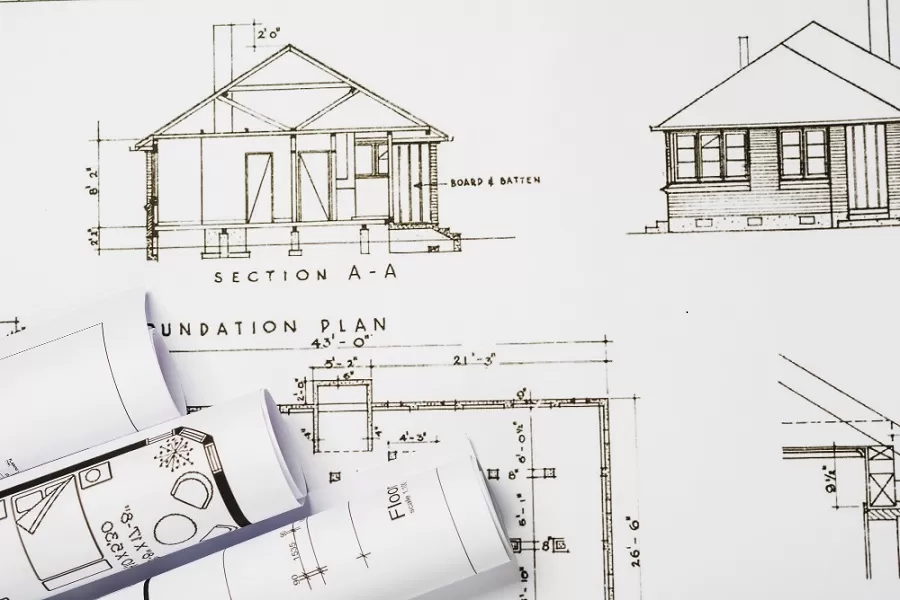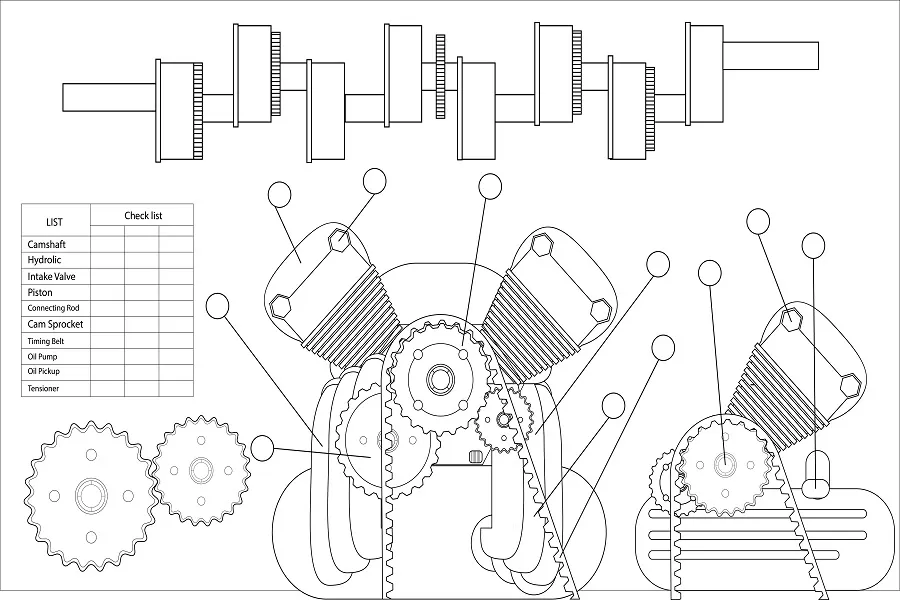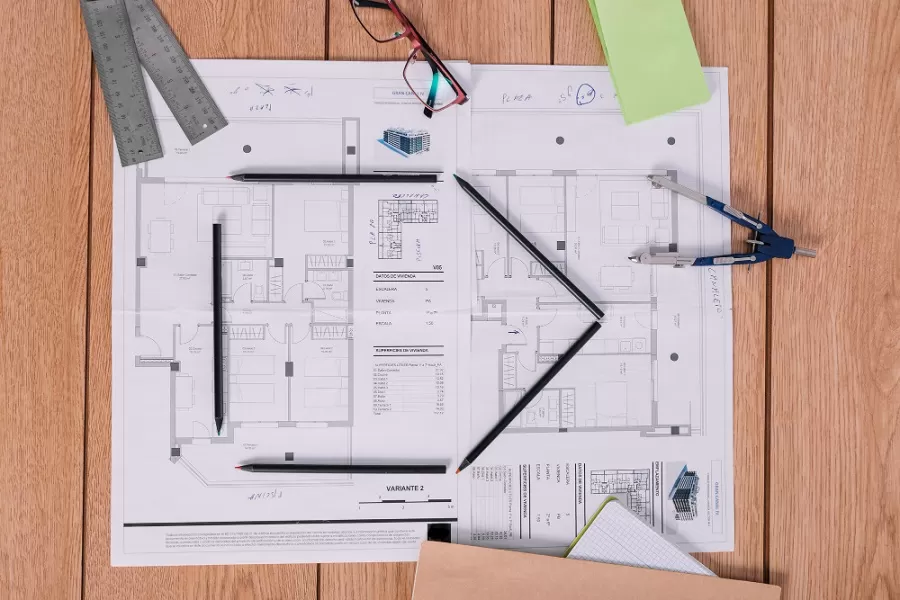How can builders, contractors, and engineers ensure sustainability during Construction and Facility Management of a fully operational building? Is there a technology that can help?
So, while the whole world is going the sustainable way, the AEC industry cannot stay behind. The AEC professionals too are quickly implementing environmentally conscious building construction approaches to create sustainable structures that ensure less carbon footprint and a better environmental impact.
What is Sustainable Construction?
When buildings can take care of its own Water and Power needs, while offering a healthy environment for its occupants to live or work in, then it is an ideal Green Building. While, Sustainable construction is about keeping construction costs, wastage and delays at the bare minimum.
Achieving Sustainability in Construction thru BIM
All buildings can be constructed sustainably and efficiently right from the Design stage through to Design modeling, Clash-free coordination, Optimal Scheduling, Minimal wastage, maximum resource utilization, and superior asset management.
Sustainable practices should be implemented right at design stage and then goes all the way to building maintenance and operation, and even renovation.
Sustainable construction techniques can help architects, engineers, and contractors to:
-
- Easily and cost effectively Iterate the building design as many times as possible to achieve maximum energy savings.
- Minimize energy and resource wastage, not just during construction but during the lifetime of the building.
- With superior Facility Management, Preventive maintenance and utilization of Warranty services, maximum cost savings can be had throughout the life of a fully constructed building.
While the tasks looks complex and challenging, Building Information Modeling (BIM) makes the whole process simple and easy to accomplish.
How BIM Leads to Sustainable Building Construction?
BIM or Building Information Modeling is a process of digitizing a building’s design and construction process and creating its information-rich 3D models. It integrates multidisciplinary data into a single model to facilitate a collaborative, clash-free working environment. With BIM, stakeholders can accurate their designs, optimize their construction protocols, manage their costs, and better predict the outcome of their project.
Here’s how BIM facilitates sustainable construction and leads to a greener built environment:
BIM Eases the Pre-Construction Design Process
Before BIM, making changes to the Design or iterating Designs were a laborious and cost intensive activity. With BIM, modifying building design has become a breeze, which has given Architects the freedom to iterate their designs until the desired Energy Efficiency is achieved.
By integrating the entire construction data in a single (virtual) 3D model, BIM helps AEC professionals understand the true behavior of a building even before it is built. They can study and evaluate multiple design alternatives to understand how a particular building model is able to fulfill sustainable construction goals.
From the sustainability perspective, this means evaluating various building designs using Energy Modeling tools to understand their energy behavior and choose what is best. Then the design changes are easily incorporated into the BIM model, to extract the Construction Drawings.
It ensures superior Clash Coordination and Construction Scheduling
Coordination of the building’s Architectural, Structural and MEP services of a building has become possible only with BIM, which has the power to show an integrated view of the building with all its components. This has facilitated clash coordination by combining all the BIM models into one final model and using Navisworks to check for clashes. Once the clashes are resolved, the final integrated model becomes the basis for Construction.
A clash free model ensure no surprises while construction, like costly rework, time wastage and unplanned changes to the design. In addition to the above, with BIM’s construction scheduling, the builder can easily sequence the arrival of material and labor just at the right time and ensure there are no time or material wastage at the construction site.
BIM Ensures Superior Post-Construction Asset Maintenance and Management Too
With integrated data and information in the As-Built BIM, the owners and facility managers get everything they need like Warranty and Preventive Maintenance information for the uninterrupted operation and maintenance of the building. With the facility management feature, owners can easily track the health and maintenance needs of their building structure. They get up-to-date information about the repair and maintenance schedules of the MEP systems so that all the equipment can perform at its optimal efficiency without guzzling more power.
BIM deepens the economic aspect of sustainability too. Through it, owners and facility managers can fetch information about Preventive Maintenance, Warranty services, replacement times of the various building components and ensure better maintenance and hence the energy cost savings of the buildings are always at the desired levels.
Wrapping Up
Considering the benefits of Building Information Technology on sustainable building construction, it is quite obvious why all construction companies around the world are quickly making BIM a central process in all their construction endeavors. It not only helps them control their costs and streamline their construction processes, but it is also helping them to reduce wastages during construction.
So, implement the power of BIM in your construction projects and pave way for a more sustainable future. At Enginerio, we can help you achieve all your sustainability goals quickly, easily, and effectively.
As a leading BIM and Building Energy Modeling consulting company, we can help you integrate various Sustainable solutions into your designs and construction to achieving energy-efficient buildings.
Come, partner with us and harness the true power of your construction design and d





